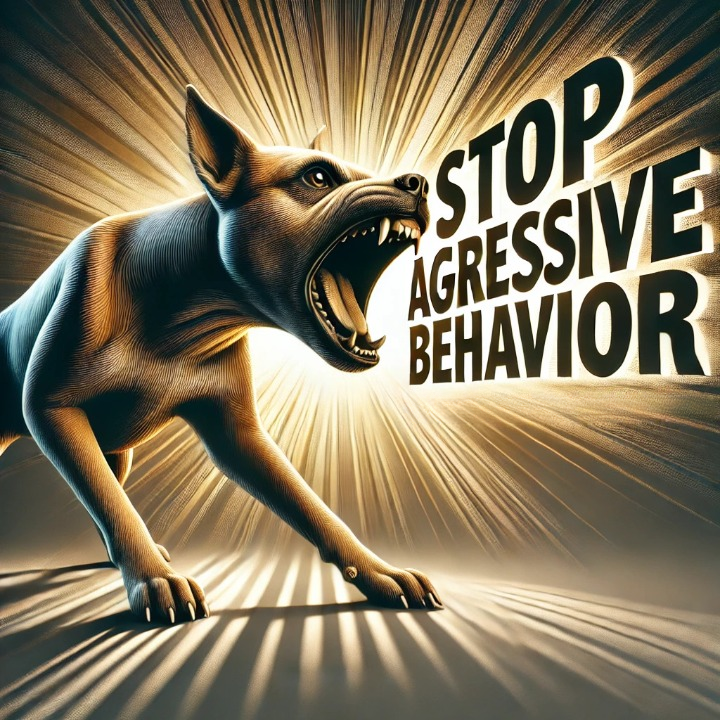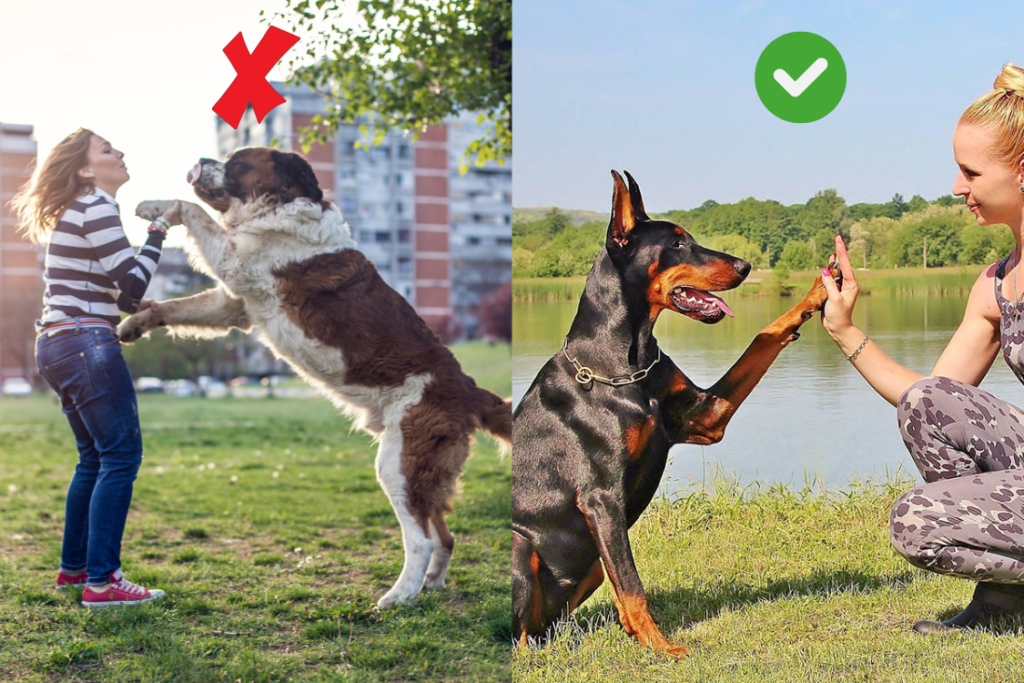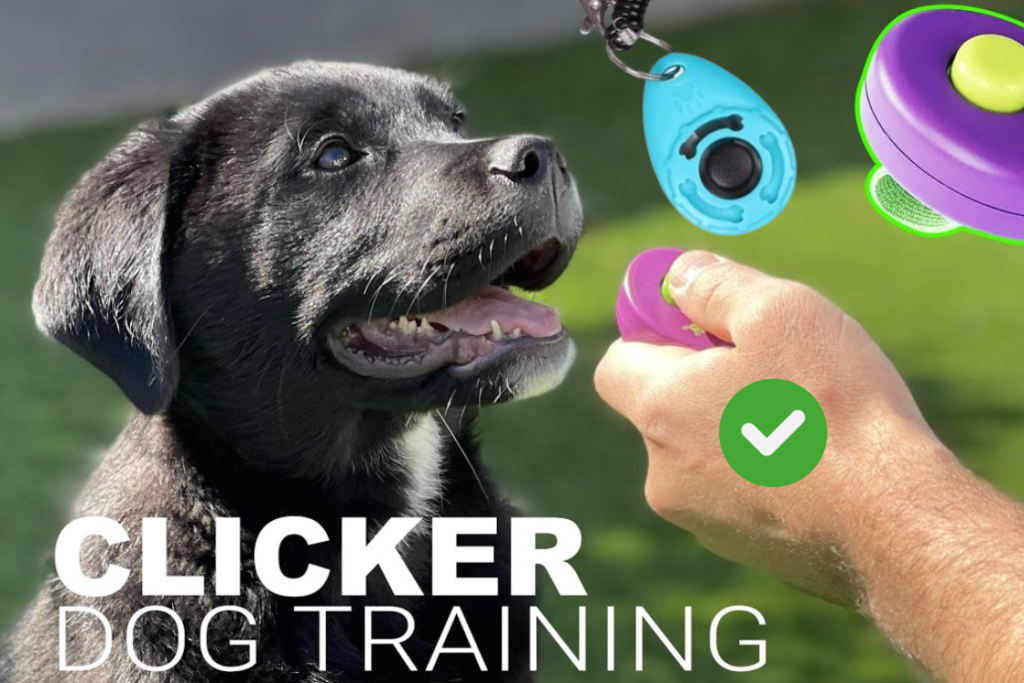Aggressive behavior in dogs can be challenging, but with structured training exercises, patience, and consistency, you can transform your dog’s behavior. This guide provides 5 training techniques designed to help your dog develop trust, self-control, and better social interactions.
1. Establishing Leadership and Trust

Before diving into training exercises, you must establish yourself as a calm and confident leader. Dogs thrive on structure, so setting rules and boundaries will help them feel secure.
Exercise: Structured Feeding Routine
- Make your dog sit before you place the food bowl down.
- Wait a few seconds before allowing them to eat their dog food by using a release command like “okay.”
- If they lunge at the food, pick it up and wait for them to settle before trying again.
- Repeat daily to reinforce patience and respect.
This exercise establishes leadership and prevents resource guarding, a common form of aggression.
2. Desensitization and Counterconditioning

If your dog reacts aggressively to certain triggers (other dogs, strangers, loud noises), desensitization and counterconditioning can help them associate positive experiences with these triggers.
Exercise: Controlled Exposure to Triggers
- Identify a trigger (e.g., another dog at a distance).
- Keep your dog on a leash and at a comfortable distance where they notice but don’t react aggressively.
- When your dog remains calm, reward them with a treat.
- Slowly decrease the distance over multiple sessions, continuing to reward calm behavior.
- If aggression appears, increase the distance and try again later.
This method teaches your dog that the trigger predicts good things rather than stress or fear.
3. Redirecting Aggression with Commands

Teaching strong impulse control commands can help redirect aggression before it escalates.
Exercise: The “Leave It” Command
- Hold a treat in your hand and close your fist.
- When your dog sniffs or paws at your hand, say “leave it” in a firm but calm voice.
- Once they stop trying, open your hand and reward them with a different treat.
- Gradually increase difficulty by practicing with toys or food on the ground.
- Use the command during real-life situations to prevent unwanted aggressive reactions.
With consistent practice, your dog will learn to control their impulses and look to you for guidance instead of reacting aggressively.
4. Safe Socialization with Other Dogs

Socialization is essential for dogs prone to aggression, but it must be done carefully and in controlled environments.
Exercise: Parallel Walking with Another Dog
- Find a calm, friendly dog with an experienced handler.
- Start walking parallel to each other at a safe distance (10-15 feet apart).
- Reward your dog for remaining calm and focused on the walk.
- Gradually decrease the distance over multiple sessions as both dogs become comfortable.
- Eventually, allow a brief sniff interaction while keeping leashes loose and rewarding positive behavior.
Parallel walking helps dogs adjust to each other’s presence without the pressure of direct interaction, reducing the risk of aggression.
5. Teaching Calm Behavior in Exciting Situations

Some dogs become aggressive due to overstimulation. Teaching them to remain calm in high-energy environments can significantly reduce reactivity.
Exercise: The “Settle” Command
- Take your dog to a slightly distracting environment (e.g., a park but at a quiet spot).
- Ask them to lie down and use a calm voice to say “settle.”
- Reward relaxation behaviors like deep breathing or soft eye contact.
- Slowly introduce more distractions while keeping them in a settled position.
- Practice in various environments to build their ability to remain calm in different situations.
With repetition, your dog will learn to self-soothe instead of reacting aggressively in stimulating environments.
Consistency is Key

Training an aggressive dog takes time, patience, and daily practice. By implementing these structured exercises, you can help your dog develop better behavior, reduce aggression, and strengthen your bond.
If you find that your dog’s aggression is more challenging to manage on your own, seeking additional guidance can make a significant difference.
You can consider looking for a local trainer who specializes in reactivity and aggression, or explore online programs like Doggy Dan’s Online Dog Trainer. With over a decade of experience, Doggy Dan’s program provides step-by-step lessons that can help address reactivity and other behavior issues from the comfort of your home.
Whether you choose in-person or online support, staying consistent and dedicated to your dog’s training will lead to a happier, safer companion.



